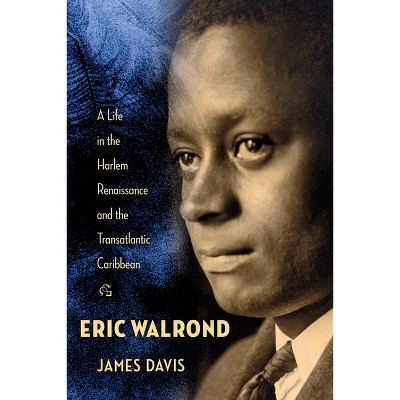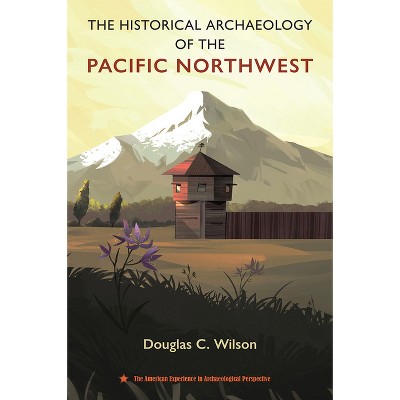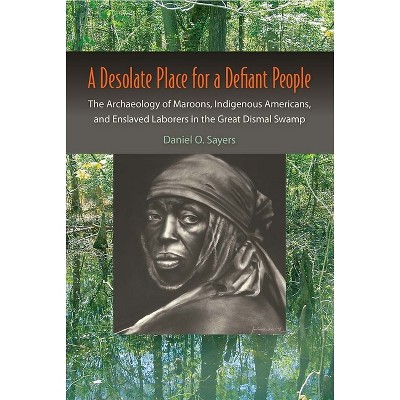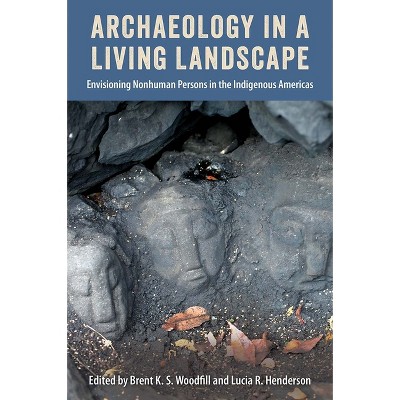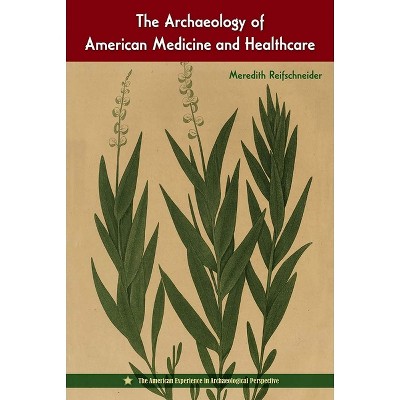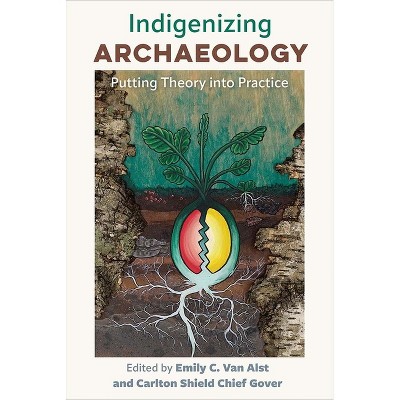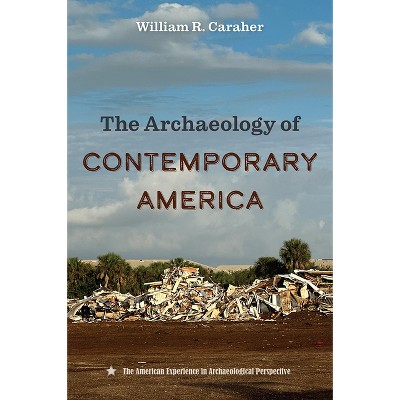Sponsored

Historical Archaeology and Indigenous Collaboration - by D Rae Gould & Holly Herbster & Heather Law Pezzarossi & Stephen A Mrozowski (Paperback)
In Stock
Sponsored
About this item
Highlights
- Society for American Archaeology Scholarly Book AwardCollaborative archaeological projects focused on the Nipmuc people of New England that offer a model for research incorporating Indigenous knowledge and scholarship Highlighting the strong relationship between New England's Nipmuc people and their land from the pre-contact period to the present day, this book helps demonstrate that the history of Native Americans did not end with the arrival of Europeans.
- About the Author: D.Rae Gould, amember of the Hassanamisco Nipmuc Band, Massachusetts, is executive director ofthe Native American and Indigenous Studies Initiative at Brown University.
- 224 Pages
- Social Science, Archaeology
Description
About the Book
Highlighting the strong relationship between New England's Nipmuc people and their land from the pre-contact period to the present day, this book helps demonstrate that the history of Native Americans did not end with the arrival of Europeans. This is the rich result of a twenty-year collaboration between Indigenous and nonindigenous authors, who use their own example to argue that Native peoples need to be integral to any research project focused on Indigenous history and culture.Book Synopsis
Society for American Archaeology Scholarly Book Award
Collaborative archaeological projects focused on the Nipmuc people of New England that offer a model for research incorporating Indigenous knowledge and scholarship
Highlighting the strong relationship between New England's Nipmuc people and their land from the pre-contact period to the present day, this book helps demonstrate that the history of Native Americans did not end with the arrival of Europeans. This is the rich result of a twenty-year collaboration between indigenous and nonindigenous authors, who use their own example to argue that Native peoples need to be integral to any research project focused on indigenous history and culture.
The stories traced in this book center around three Nipmuc archaeological sites in Massachusetts--the seventeenth century town of Magunkaquog, the Sarah Boston Farmstead in Hassanamesit Woods, and the Cisco Homestead on the Hassanamisco Reservation. The authors bring together indigenous oral histories, historical documents, and archaeological evidence to show how the Nipmuc people outlasted armed conflict and Christianization efforts instigated by European colonists. Exploring key issues of continuity, authenticity, and identity, Historical Archaeology and Indigenous Collaboration provides a model for research projects that seek to incorporate indigenous knowledge and scholarship.
Review Quotes
"Excellent.
. . . Based on archival research, oral history, and archaeological excavation
and analyses of three sites centered around the Nipmuc people in southern New
England, the text . . . tell[s] the stories of both the historical events and
the work to understand them."--Choice "Using
multidisciplinary approaches to documents, oral accounts, material remains, and
cultural landscapes . . . from a Native perspective, the authors braid together
a cohesive understanding of a Nipmuc presence in their traditional homelands. .
. . A history that does more than reveal the past: it paves the way for the
future."--American Antiquity "A
rich and humanistic story of Nipmuc continuance in New England since the 1600s.
. . . Offers an in-depth account of silenced regional histories in the heart of
the American empire and gestures towards futurity as a major theoretical
intervention for collaborative and decolonizing archaeologies."--Historical
Archaeology "Should
be read by all archaeologists . . . because it lays out how archaeologists can,
and should, build long-term collaborative relationships with Indigenous
communities . . . It is a model for decolonizing archaeology. Archaeology needs
this book."--American Indian Culture and Research Journal
About the Author
D.Rae Gould, a
member of the Hassanamisco Nipmuc Band, Massachusetts, is executive director of
the Native American and Indigenous Studies Initiative at Brown University. Holly Herbster is principal investigator and senior archaeologist at the Public Archaeology Laboratory. Heather Law Pezzarossi is assistant professor of anthropology at Syracuse University. Stephen A. Mrozowski, professor of anthropology and director of the Andrew Fiske Memorial Center for Archaeological Research at the University of Massachusetts Boston, is the author of The Archaeology of Class in Urban America.
Shipping details
Return details
Trending Non-Fiction









